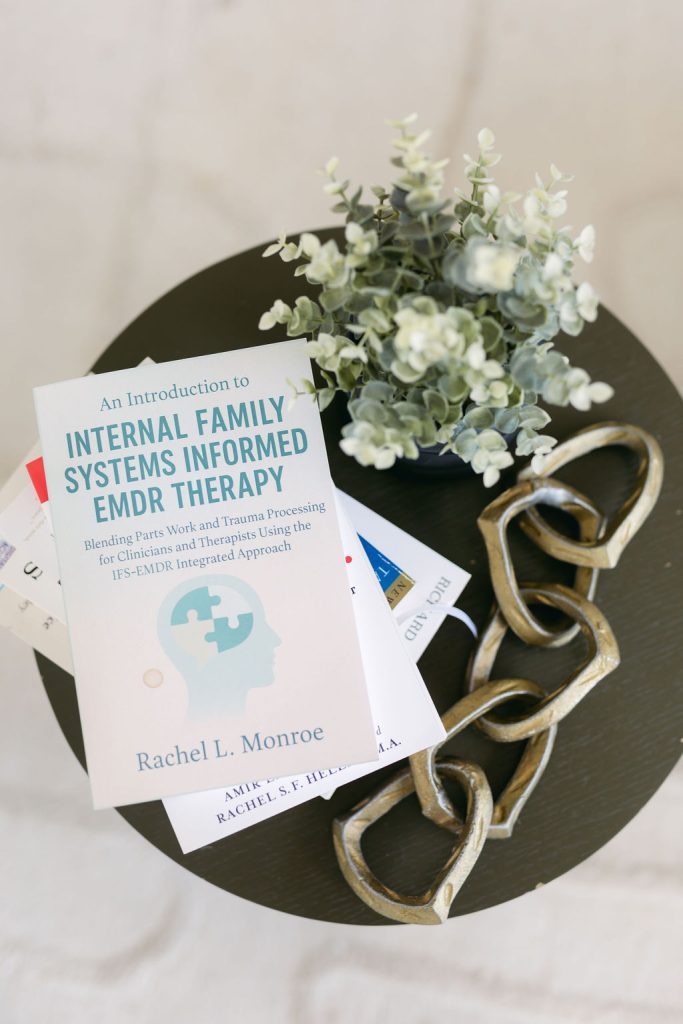THERAPY FOR
Attachment Wounds
Do you feel like your relationships bring up old pain—leaving you anxious, avoidant, or stuck in repeating patterns?
Attachment wounds are deep emotional injuries that form when our earliest needs for love, safety, and connection weren’t consistently met.
These wounds can come from obvious trauma, but often they’re the result of more subtle, repeated experiences: a parent who was emotionally unavailable, inconsistent, overly critical, or unable to meet your needs with care. The nervous system adapts to these conditions—through clinging, shutting down, people-pleasing, or avoiding intimacy—and those adaptations become the blueprint for adult relationships.
How Attachment Wounds Show Up:
- Anxiety, fear, or jealousy when people pull away
- Emotional shutdown when things get too close
- People-pleasing or over-giving to avoid rejection
- Difficulty trusting, or swinging between trust and mistrust
- Repeating cycles with unavailable or critical partners
- Fear of intimacy paired with fear of being alone
- Intense shame or self-blame when relationships struggle

The 5 Core Attachment Wounds
At the root of relational trauma, we often find five core wounds:
- Rejection – feeling unwanted or unlovable
- Abandonment – being left behind physically or emotionally
- Betrayal – being deceived, let down, or used
- Humiliation – being shamed, criticized, or ridiculed
- Injustice – feeling powerless in the face of unfair treatment
These wounds often echo through adulthood, shaping how you connect with others and with yourself.
The 4 Attachment Styles
Attachment wounds often show up as one or more of the 4 attachment styles in adulthood—patterns of relating that were once survival strategies:
- Secure Attachment: comfort with closeness, trust, and independence. (Often the goal of healing work.)
- Anxious Attachment: fear of abandonment, craving closeness, difficulty self-soothing.
- Avoidant Attachment: discomfort with vulnerability, suppression of needs, emotional distance.
- Disorganized Attachment: a push-pull dynamic of craving connection while fearing it, rooted in early experiences of love intertwined with fear.
These styles are not fixed labels—they are adaptive strategies that can shift with healing, safety, and new relational experiences.

HOW THERAPY CAN HELP
Healing attachment means learning to trust, connect, and feel safe again.
Attachment wounds often come from early experiences where love, safety, or consistency were missing. These wounds can echo into adulthood, showing up as trust issues, fear of abandonment, difficulty setting boundaries, or feeling “too much” or “not enough” in relationships.
Healing attachment wounds is not about blaming your parents or the past. It’s about creating new relational experiences of safety, consistency, and compassion.
Therapy offers a safe and consistent space to begin repairing those old patterns.
In therapy, we will work together to:
- Explore your earliest relationships and how they shaped your attachment style
- Work with the mother and father wounds in a non-blaming, compassionate way
- Identify relational patterns and the wounds that drive them
- Rebuild trust in your own worth, perceptions, and boundaries
- Reparent the younger parts of you carrying abandonment, rejection, and betrayal
- Create space for secure, nourishing relationships—starting with yourself
HOW WE APPROACH ATTACHMENT WOUNDS
Holistic therapy addresses the whole person for deeper trauma healing.
Attachment healing is both relational and embodied. It requires safety, compassion, and practices that help you integrate past wounds into present resilience.
Healing attachment trauma is a process of transformation—turning pain into strength and survival into resilience. At Moongate Therapy and Wellness, we offer various types of attachment-focused trauma therapy, EMDR, and holistic mind-body approaches to help you regulate your nervous system, rebuild your sense of self, and move forward with balance, confidence, and empowerment.
During our work together, we may use a range of modalities, keeping your therapeutic goals and preferences at the forefront. Depending on your unique needs and experiences, together, we’ll draw on methods such as: